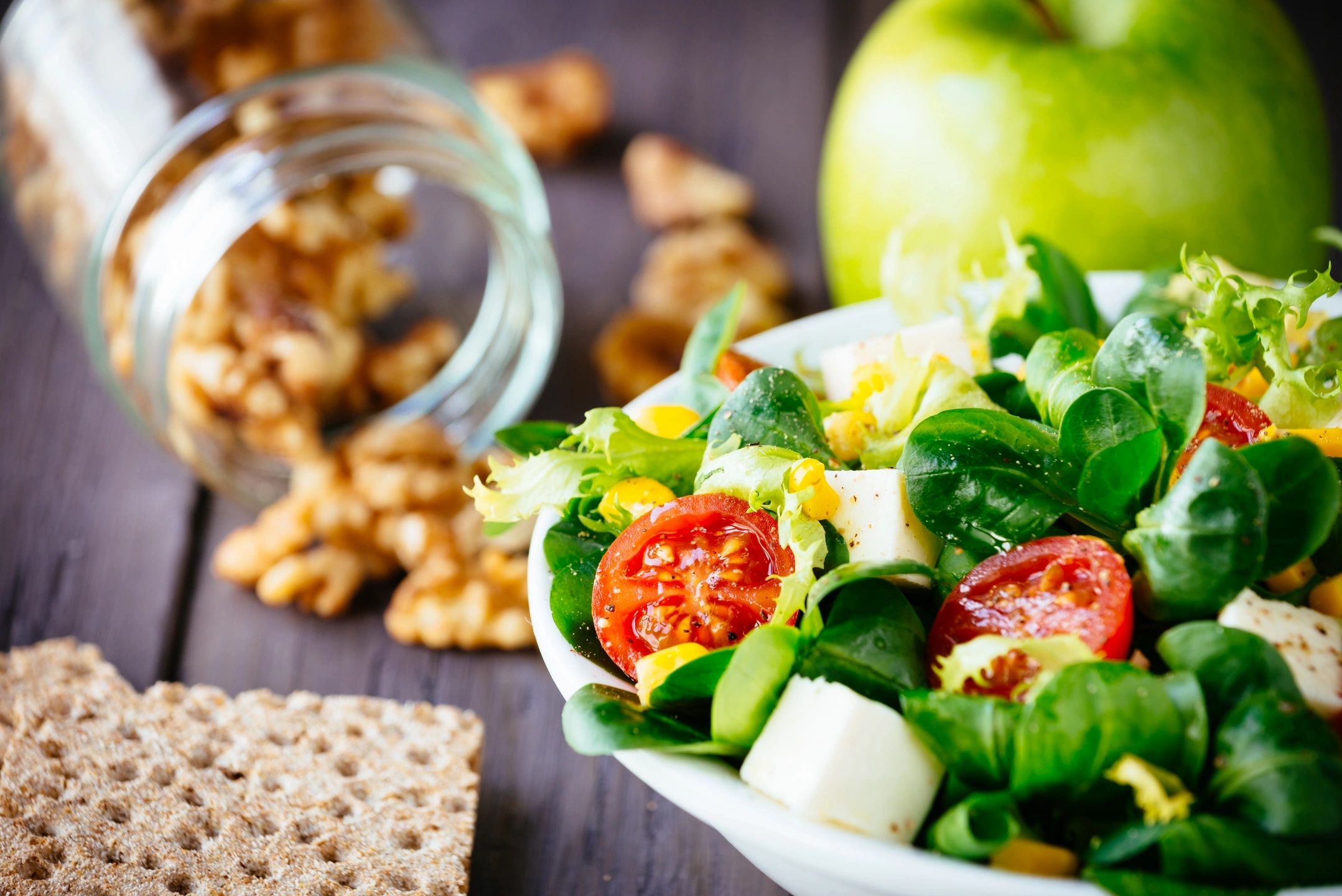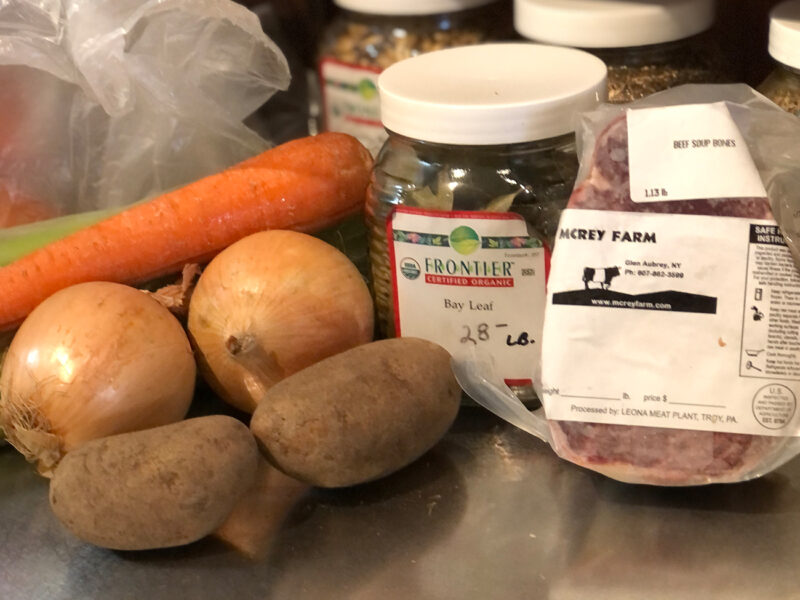
Pick and Choose Between Organic, Conventionally Grown Fruits and Veggies
May of us would like to eat only organic produce, but sometimes the cost of organic fruits and veggies can seem high, especially compared to supermarket prices of conventionally grown produce.
So maybe you’d like to pick and choose. Eat the organic version of produce that is typically high in pesticides, and then maybe eat small quantities of some produce that are known to have a lower pesticide load.
Knowledge is power, and with the list in hand — I print it out every year and keep it in my wallet — you can make your own informed choices about produce. And if the grocery budget is tight, you can choose lower-pesticide conventionally grown to save money for the higher-priced organic version of other items.
Here’s where the website of the Environmental Working Group, www.ewg.org, comes to the rescue. The EWG has become quite well-known for its annual list of the “Dirty Dozen,” the 12 fruits and vegetables that contain the most pesticide residue after being cleaned in a conventional kitchen; and the “Clean 15,” the 15 veggies and fruits that contain the least amount of pesticide.
So here’s the 2021 list of “Dirty Dozen.”
- Strawberries
- Spinach
- Kale, collard and mustard greens
- Nectarines
- Apples
- Grapes
- Cherries
- Peaches
- Pears
- Bell and hot peppers
- Celery
- Tomatoes
And the “Clean 15.”
- Avocados.
- Sweet corn.*
- Pineapple.
- Onions.
- Papaya.*
- Sweet peas (frozen)
- Eggplant.
- Asparagus.
- Broccoli.
- Cabbage.
- Kiwi.
- Cauliflower.
- Mushrooms.
- Honeydew melons.
- Cantaloupes.



